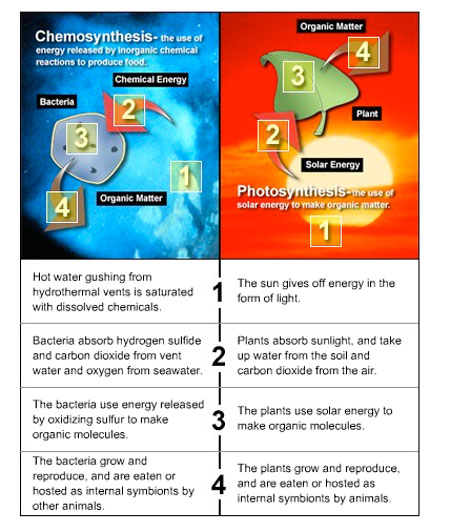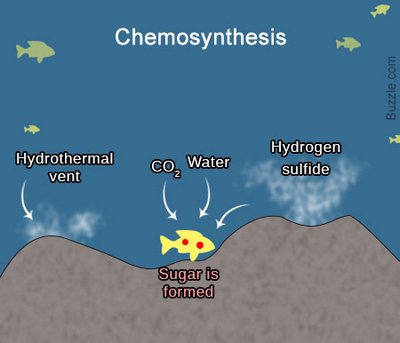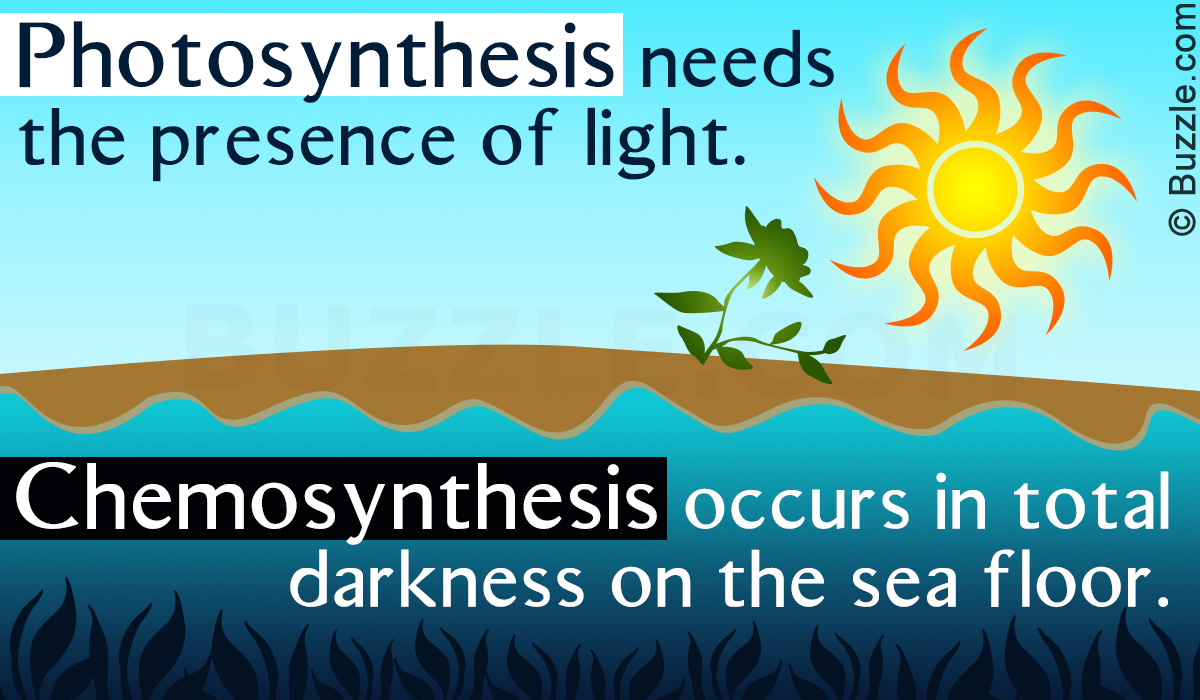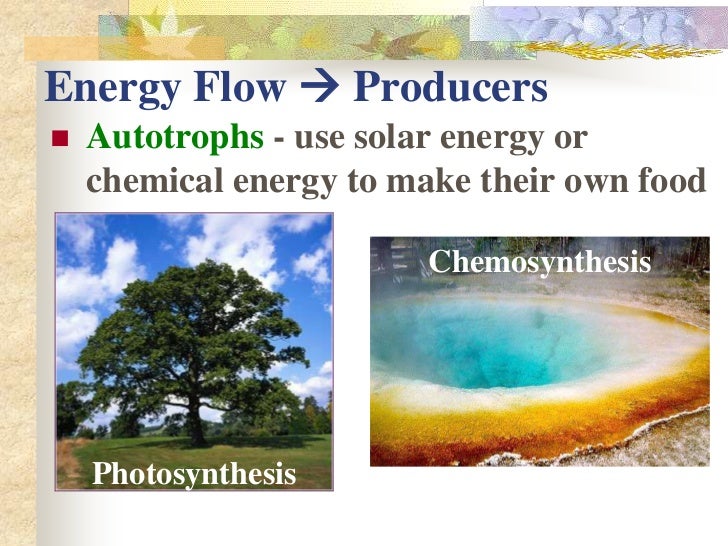Are you searching for 'chemosynthesis energy source'? Here you can find the answers.
Table of contents
- Chemosynthesis energy source in 2021
- Chemosynthetic organisms
- Chemosynthetic bacteria
- Chemosynthesis process
- Chemosynthesis examples
- Chemosynthesis vs photosynthesis
- Where does chemosynthesis occur
- Chemosynthesis equation
Chemosynthesis energy source in 2021
.PNG) This picture demonstrates chemosynthesis energy source.
This picture demonstrates chemosynthesis energy source.
Chemosynthetic organisms
 This image demonstrates Chemosynthetic organisms.
This image demonstrates Chemosynthetic organisms.
Chemosynthetic bacteria
 This picture shows Chemosynthetic bacteria.
This picture shows Chemosynthetic bacteria.
Chemosynthesis process
 This image shows Chemosynthesis process.
This image shows Chemosynthesis process.
Chemosynthesis examples
 This picture illustrates Chemosynthesis examples.
This picture illustrates Chemosynthesis examples.
Chemosynthesis vs photosynthesis
 This image demonstrates Chemosynthesis vs photosynthesis.
This image demonstrates Chemosynthesis vs photosynthesis.
Where does chemosynthesis occur
 This picture demonstrates Where does chemosynthesis occur.
This picture demonstrates Where does chemosynthesis occur.
Chemosynthesis equation
 This image demonstrates Chemosynthesis equation.
This image demonstrates Chemosynthesis equation.
How does chemosynthesis help animals make their living?
Chemosynthesis. Chemosynthesis is the process by which certain microbes create energy by mediating chemical reactions. So the animals that live around hydrothermal vents make their living from the chemicals coming out of the seafloor in the vent fluids! Because they are a local food source, hydrothermal vents typically have high biomass,...
Where does chemosynthesis occur in the absence of sunlight?
Chemosynthesis occurs in the absence of sunlight, in places like hydrothermal vents in the deep ocean. Organisms living in hydrothermal vents utilize inorganic compounds coming out from the seafloor as their source of energy for the production of food.
Which is an example of an energy source for chemosynthesis?
The energy source for chemosynthesis may be elemental sulfur, hydrogen sulfide, molecular hydrogen, ammonia, manganese, or iron. Examples of chemoautotrophs include bacteria and methanogenic archaea living in deep sea vents.
What are the equations for the process of chemosynthesis?
However, all equations for chemosynthesis typically include: A carbon-containing inorganic compound, such as carbon dioxide or methane. This will be the source of the carbon in the organic molecule at the end of the process. A chemical source of energy such as hydrogen gas, hydrogen sulfide, or ferrous iron.
Last Update: Oct 2021